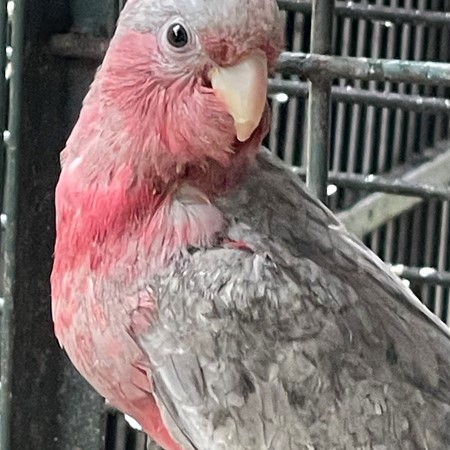

Large flocks flying high in tight formation appear to be able to confuse raptors successfully. Sociable, and usually found in large flocks of up to 1000 birds. Originally occurred in woodland and grasslands of semi-arid and arid Australia however, with the considerable expansion of human settlement, present species has found agricultural cropland and suburban parks suitable alternative forms of habitat and has expanded its distribution to the coast in most places.


In the future, we will develop a range-wide distribution article. DistributionĮditor’s Note: Additional distribution information for this taxon can be found in the ‘Subspecies’ article above. W and WC Australia E to S Northern Territory.Įolophus roseicapilla albiceps Scientific name definitionsĮC and E Australia W to the Simpson Desert and S to Tasmania. N Western Australia (Kimberley) E to N Queensland.Įolophus roseicapilla roseicapilla Scientific name definitions SubspeciesĮolophus roseicapilla kuhli Scientific name definitions Three subspecies are currently recognized. Proposed form howei (described from C Australia) regarded as representing intergrades between nominate and albiceps. Has hybridized in the wild with Cacatua leadbeateri and C. Original type locality not clearly specified, leading to confusion as to which of races was nominate form type specimen formerly thought to be from E Australia, with W populations awarded race assimilis, but the discovery that specimen belonged to W race led to the necessary revision of nomenclature. 10 Galah Cockatoo Price Systematics History


 0 kommentar(er)
0 kommentar(er)
